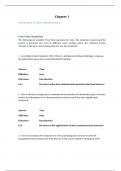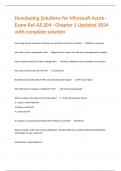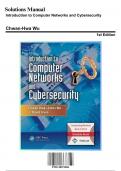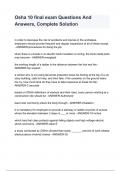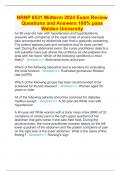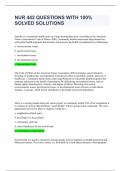General information
- Several different teachers for different modules
- Each module consists of 4 lectures, of which 2 can be computer sessions.
- each module has an assignment that must be completed and one feedback session
- In total, you need to follow four modules to complete the course
- module 1 is followed by everyone
- all other modules can be chosen freely
- Module 1 is crammed into week 1: two lectures and two computer sessions
- All other modules stretch over 2 weeks and there will be two modules taught at the same time
- if you want, you can follow multiple in the same weeks but then skip during two other
weeks
- The course manual shows information about which are recommended for which master
- Computer sessions are non-recorded, lectures will be recorded.
Grading and examination:
- there will be four overall assignments, one for each of the chosen modules
- there will be a written exam, without any clue how it will be handled.
- assignments can consist of sub-assignments depending on the module
- the exam will consist of questions from all modules, but of course you only need to answer those of the
modules you followed.
- the exam counts for 80% of your total grade, leaving 5% for each of the four assignments.
- assignments that are graded lower than 5 have to be done again. The second chance can only be
graded a 6 or lower.
- you need a minimum grade of 5.0 for the exam, granted that the weighted average of all grades is a
5.5.
- you can, if you want, follow more than 4 modules, but the final grade will be based on four modules
which you have to pre-pick towards your final grade.
Planning for the modules:
(note on module 5x: this is only for students of political science students, the other module 5 is for
economics students)
, Module 1
Regression Analysis and Using Stata
,Introduction
Empirical analysis comes down to this: you have a bunch of data, and you want to find some pattern in
this data. Previously this came down to statistics and econometrics, but nowadays in the age of
computers this comes down to three key concepts: big data, data science and predictive analytics. The
goal of pattern finding is to apply these patterns to a learning program, using what you find in your
advantage.
Big data: datasets tat are too big to maintain with regular database management systems.
There are four V’s of big data:
- Volume of data: there is a lot of data created every single day
- Variety of data: different outcomes of numbers have way different interpretation values. Big data has
all sorts of measurements and can be applied to about anything.
- Velocity of data: generated data can be used quickly after acquiring, often times even seconds or less.
Think of high frequency trading where assets are traded constantly based on miniscule price changes.
Another good example is a self-driving car: which is constantly taking data and immediately applying it to
driving behaviour.
- Veracity of data: because the data is so big, not every individual piece of data can be controlled.
Because of this, big data comes with a lot of uncertainty or veracity.
Data Analyis: not just being able to gather data but also understanding what you are doing. You need
expertise in what you are doing with the data otherwise you cannot use big data.
- this doesn’t just apply to understanding statistics. You need an understanding of the area you are
working in, in order to get a use out of big data.
- see example of figure 1 (in this case a research about computer hacking)
- if you have only math and statistics knowledge and hacking skills, you can still be replaced by
a machine being able to learn
- if you have only expertise and a knowledge of math and statistics, you are just performing
research
- you need a mix of all three in order to interpret the data you are using
figure 1: example of data analysis
, Statistical methods: there are a lot, and I mean a LOT of ways to interpret data in order to come to a
statistical conclusion. What you need to know is that they are out there. You need to understand the
basics and most fundamental test, and when you need something specific there is a site called
www.google.com to help you further.

